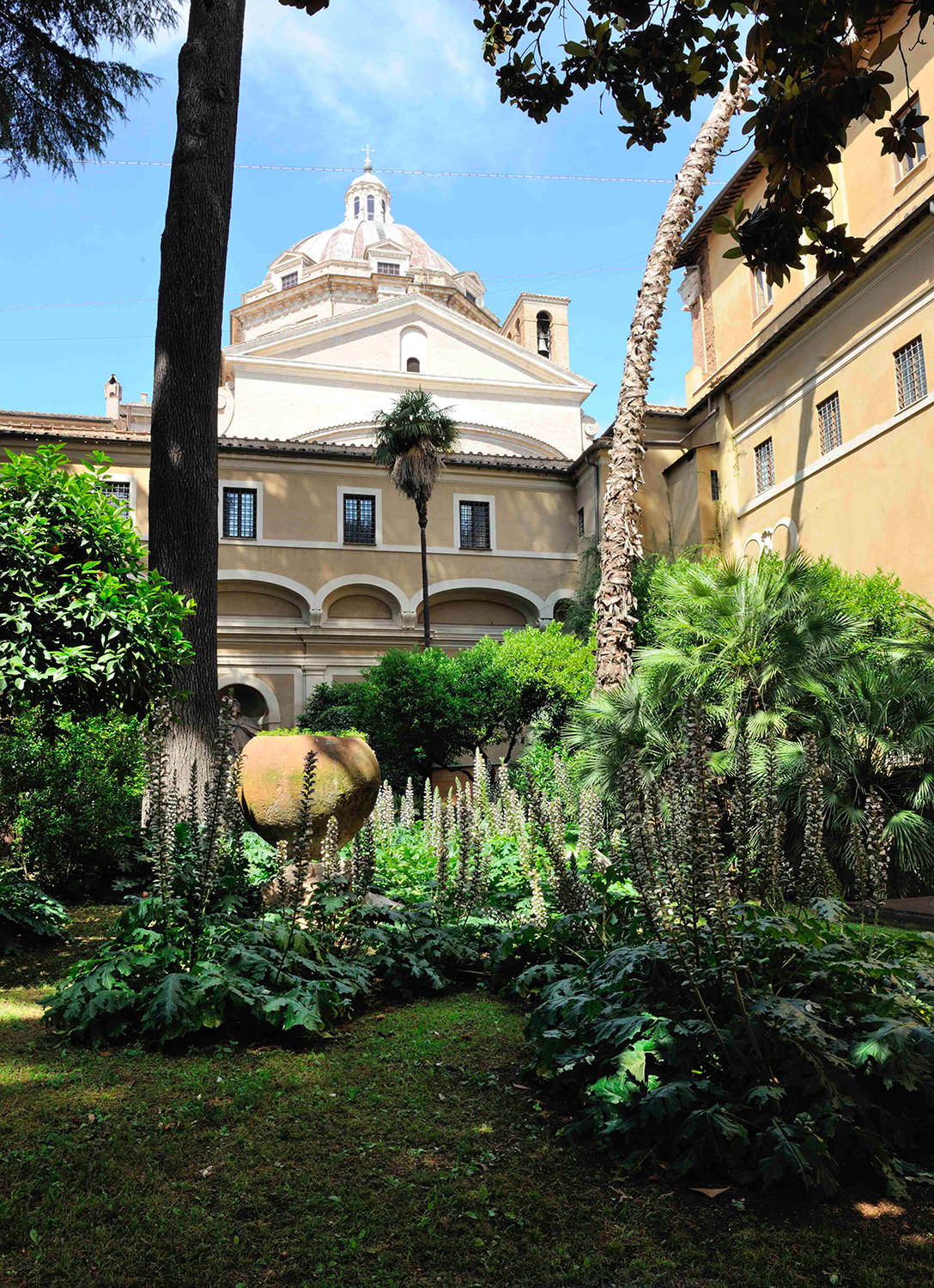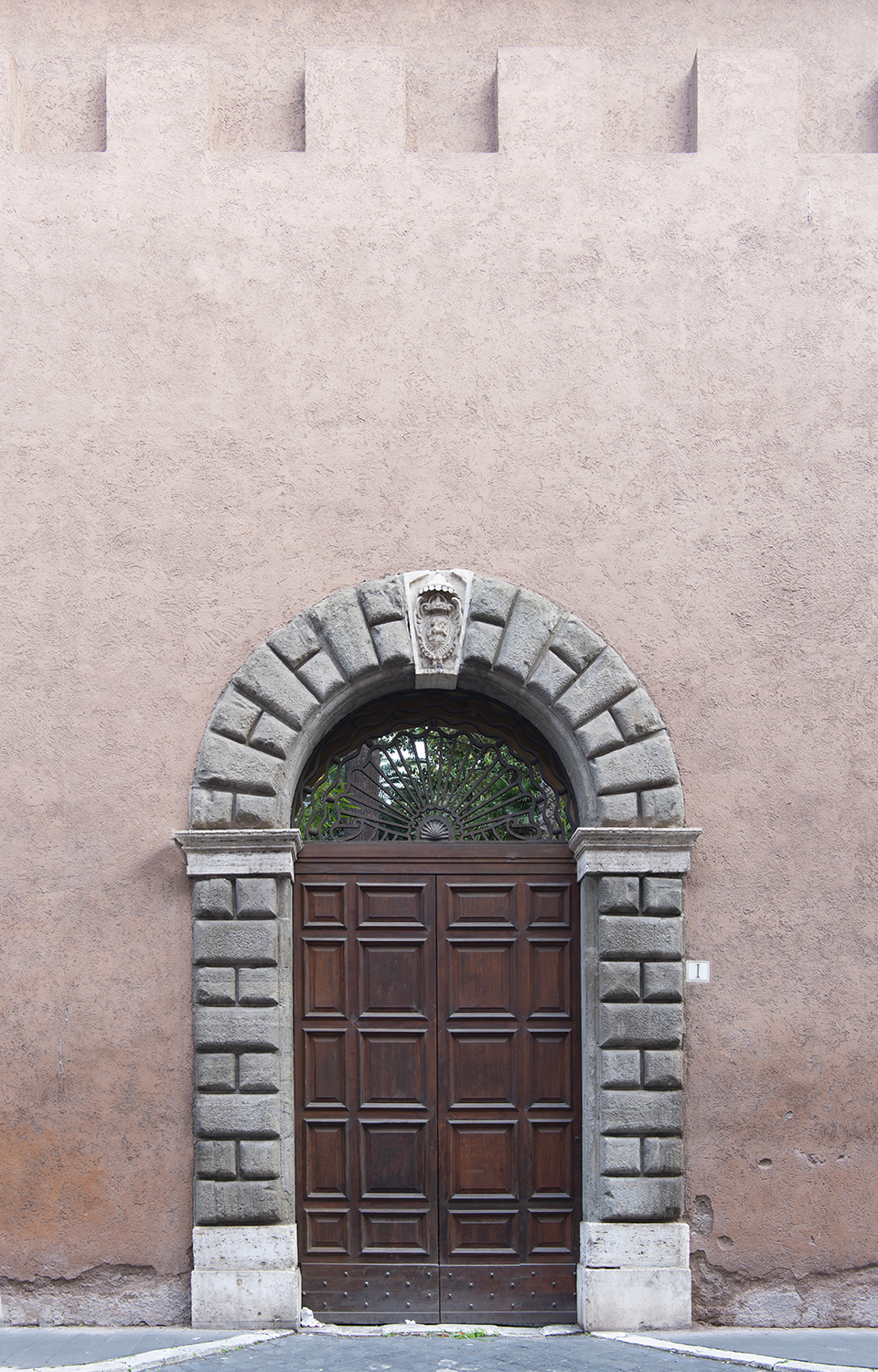The cars and commotion of the city seem far away. Stop for a moment and listen: the only sounds you can hear are the soft murmur of the fountains and the rustle of the palm trees
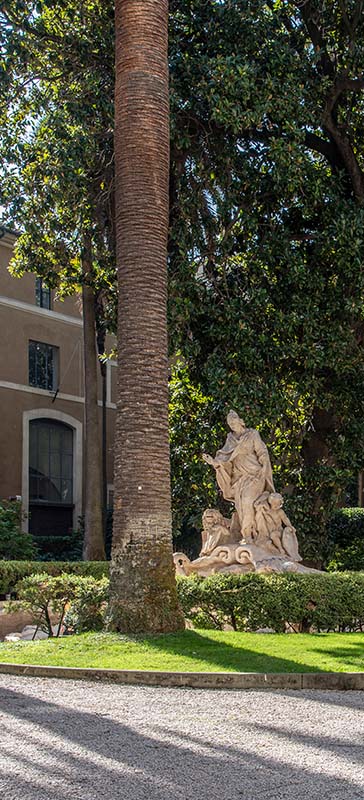
The cortile (courtyard) of the fifteenth-century palace was transformed into a garden during the nineteenth century. Perhaps under the influence of the Academy of Fine Arts in Vienna – the building was then the seat of the Austrian Embassy – it was embellished with a remarkable variety of plants: the well-known botanist from Pavia, Pietro Romualdo Pirotta (1853-1936), was responsible for introducing the four species of palms, including those that still stand in the central flowerbed, among the highest in Rome.
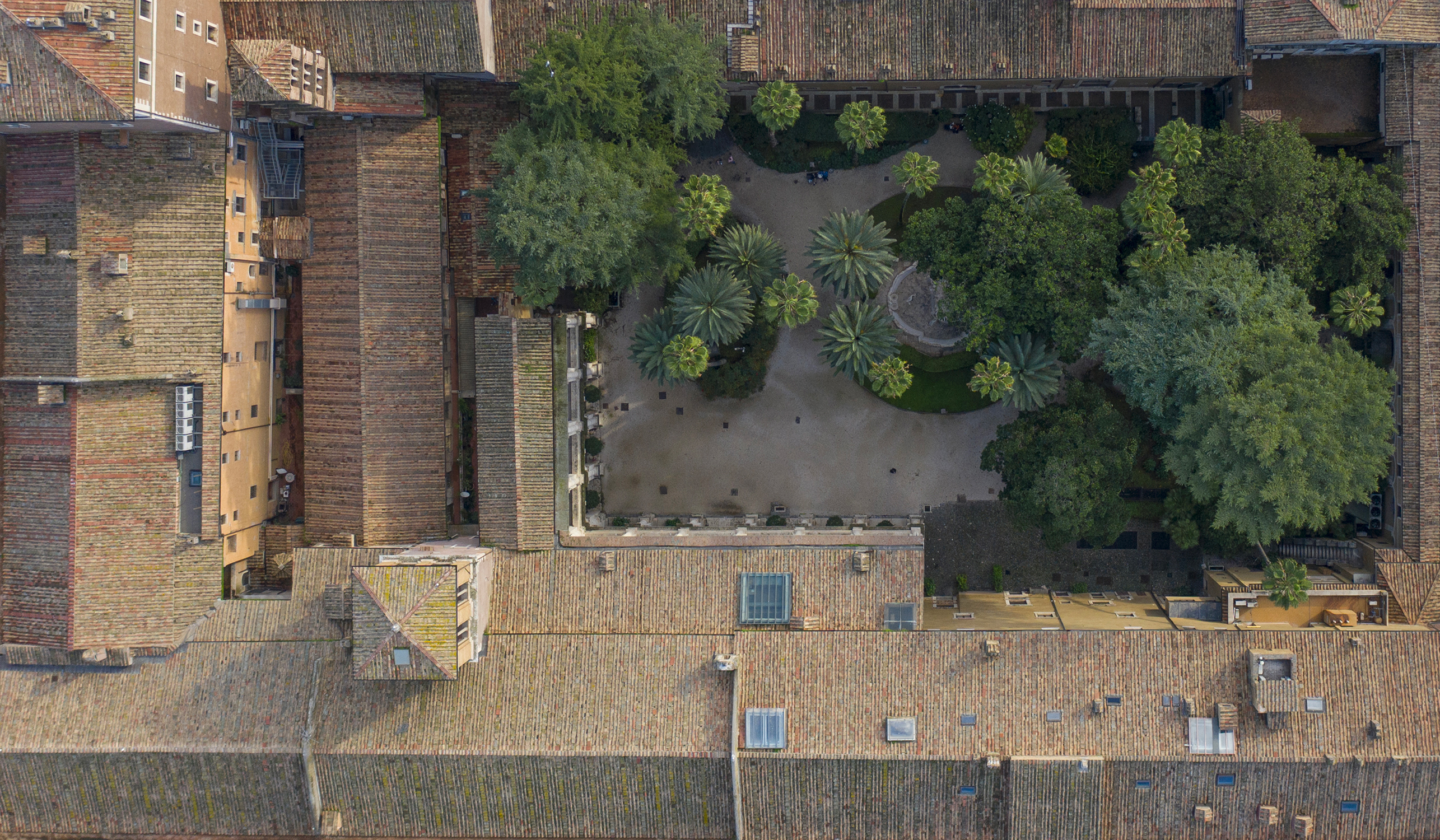
Recently cleared of cars, the garden is the fulcrum of the entire complex. From here, you can enjoy the view on some key elements of the building.
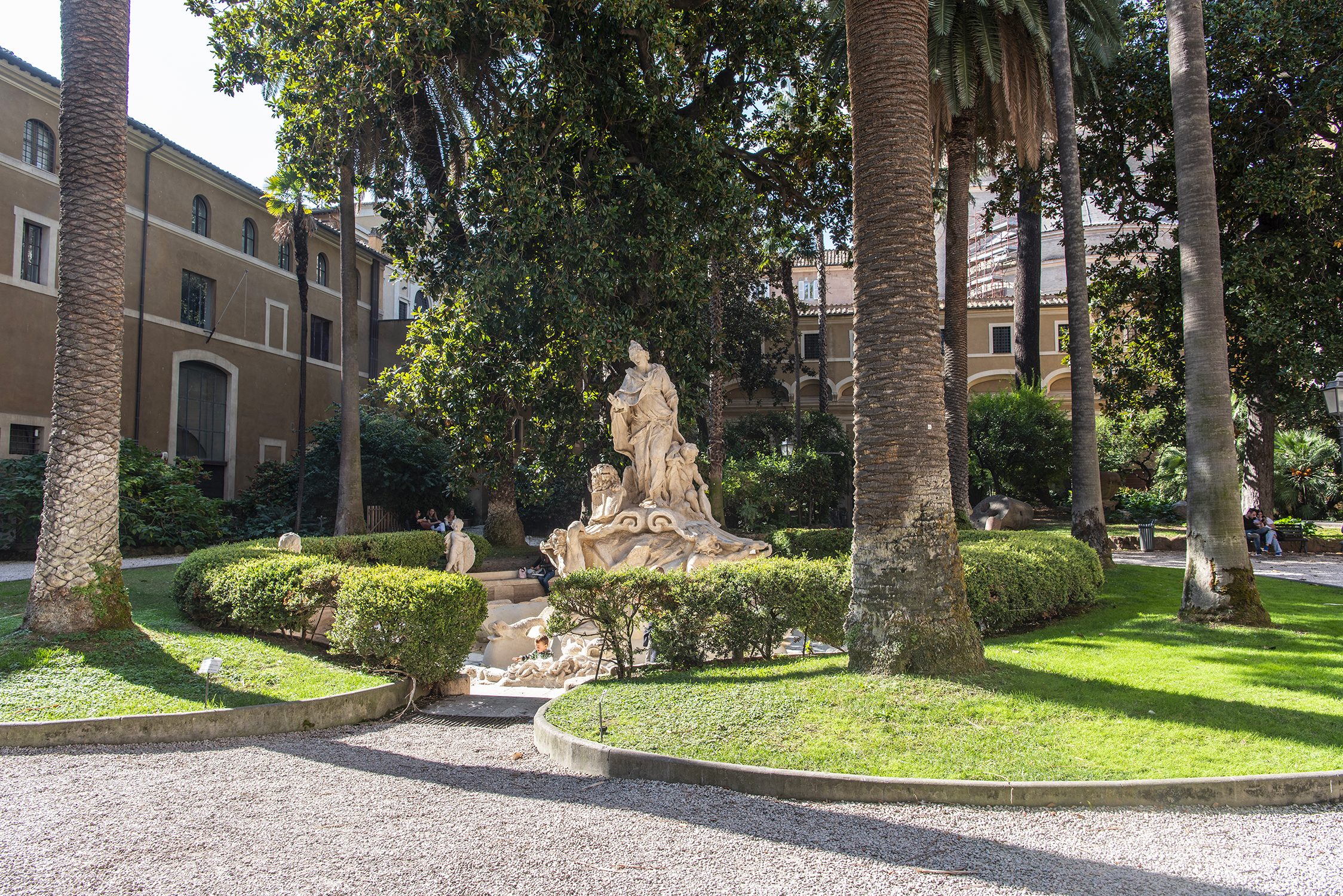
On the eastern flank of the suite stands the side of the Basilica of San Marco, with its medieval façade, Romanesque bell tower and large fifteenth-century windows.
The two-tiered portico that occupies the north-eastern side is traditionally attributed to Pope Paul II (1464-1471) and to his nephew Marco Barbo (1420-1471) due to the presence of the coats of arms of both men, i.e. the papal tiara and crossed keys of the first and the cardinal’s hat with tassels and processional cross of the patriarchate of Aquileia for the second. Recently, however, it has been suggested that patronage should only be ascribed to Marco Barbo: he could have ordered its construction after the death of his uncle and placed his papal coats of arms there to honour his uncle’s memory.
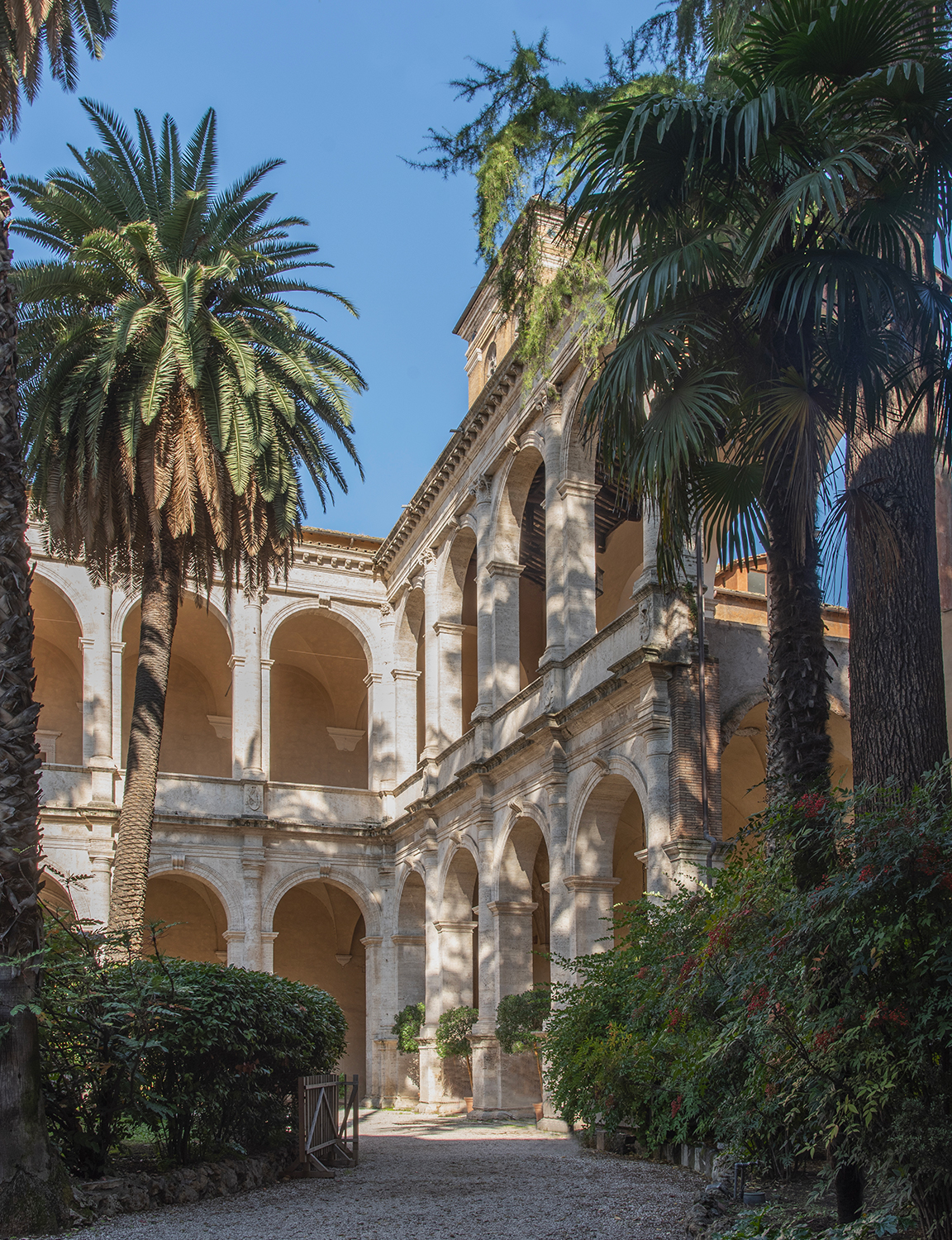
The building clearly follows a classical design scheme: the most evident source of inspiration is the Colosseum. For this reason, some experts believe that Leon Battista Alberti must have been directly involved in the design. Others, by contrast, identify Francesco del Borgo as the architect. In any case, the structure remained unfinished, as evidenced by the last arch on the left of the southern side.
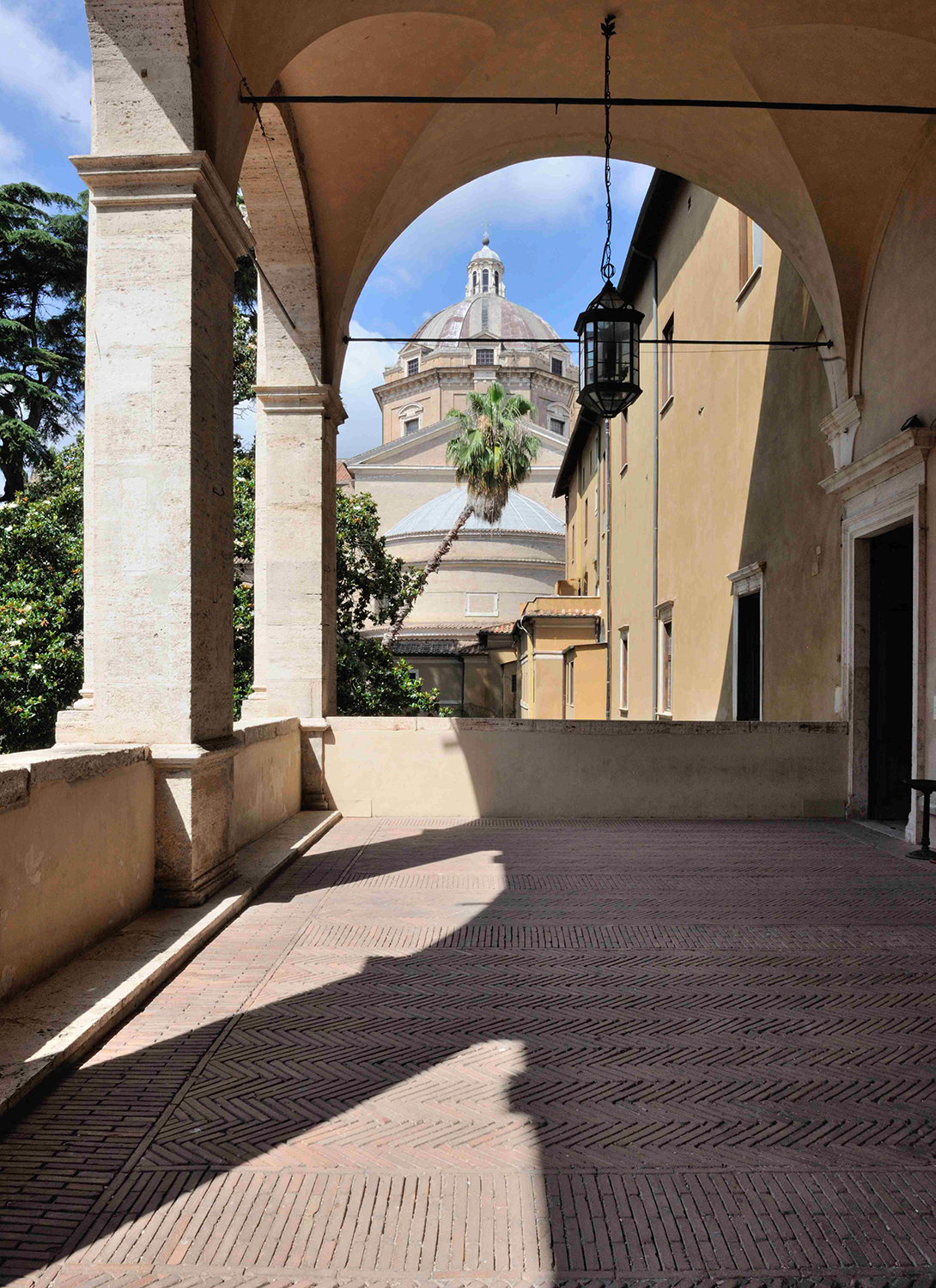
The eastern side of the first tier provides access to the side entrance of the Basilica of San Marco; the northern side leads to the fifteenth-century refectory. A number of mismatched pieces of sculpture have been placed inside the second tier, including the four anthropomorphic sculptures, perhaps representing the Heads of the winds, which came from the viridarium. Immediately behind the silhouette of the loggia, you can make out the turret above the sacristy or roof terrace built by Marco Barbo.
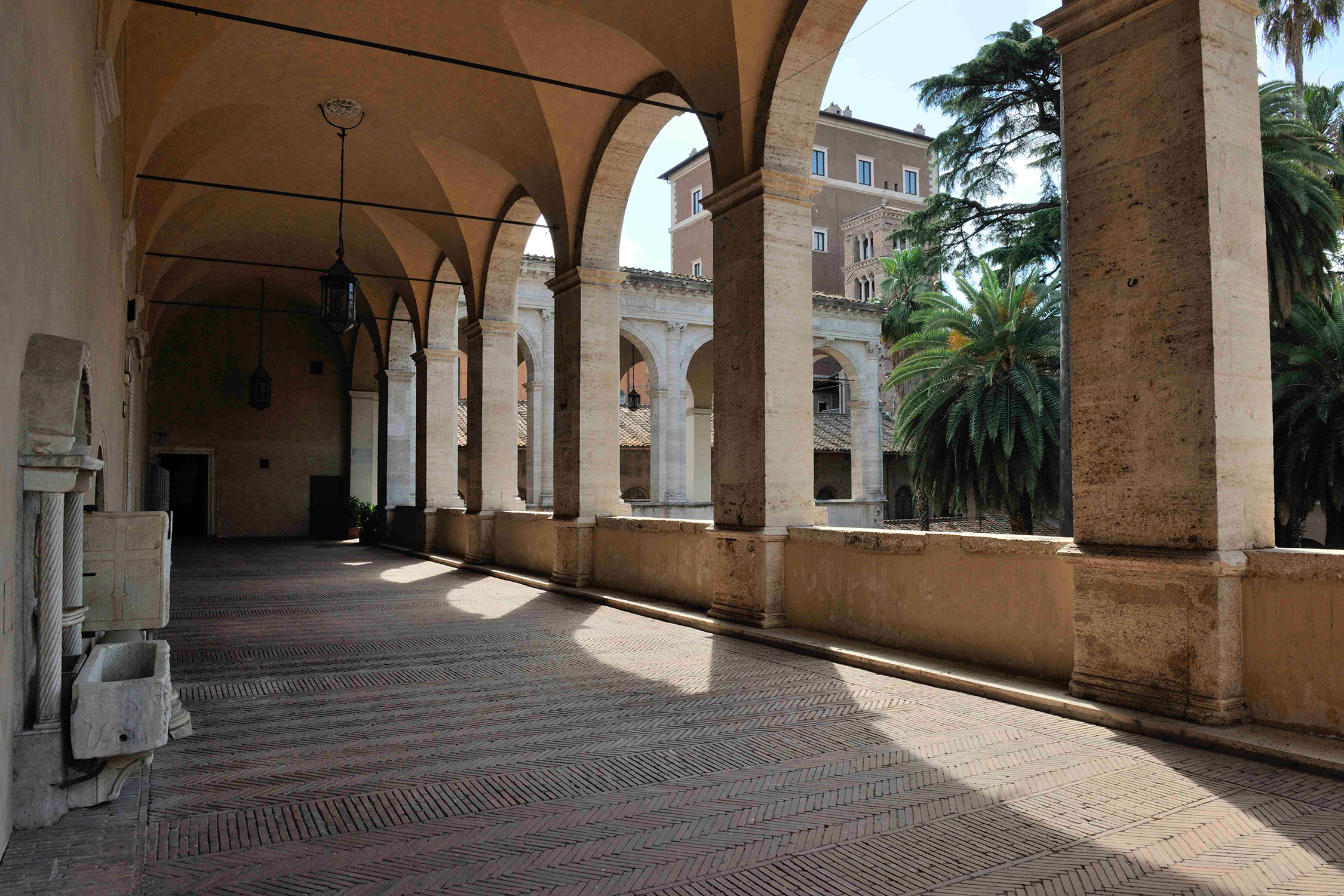
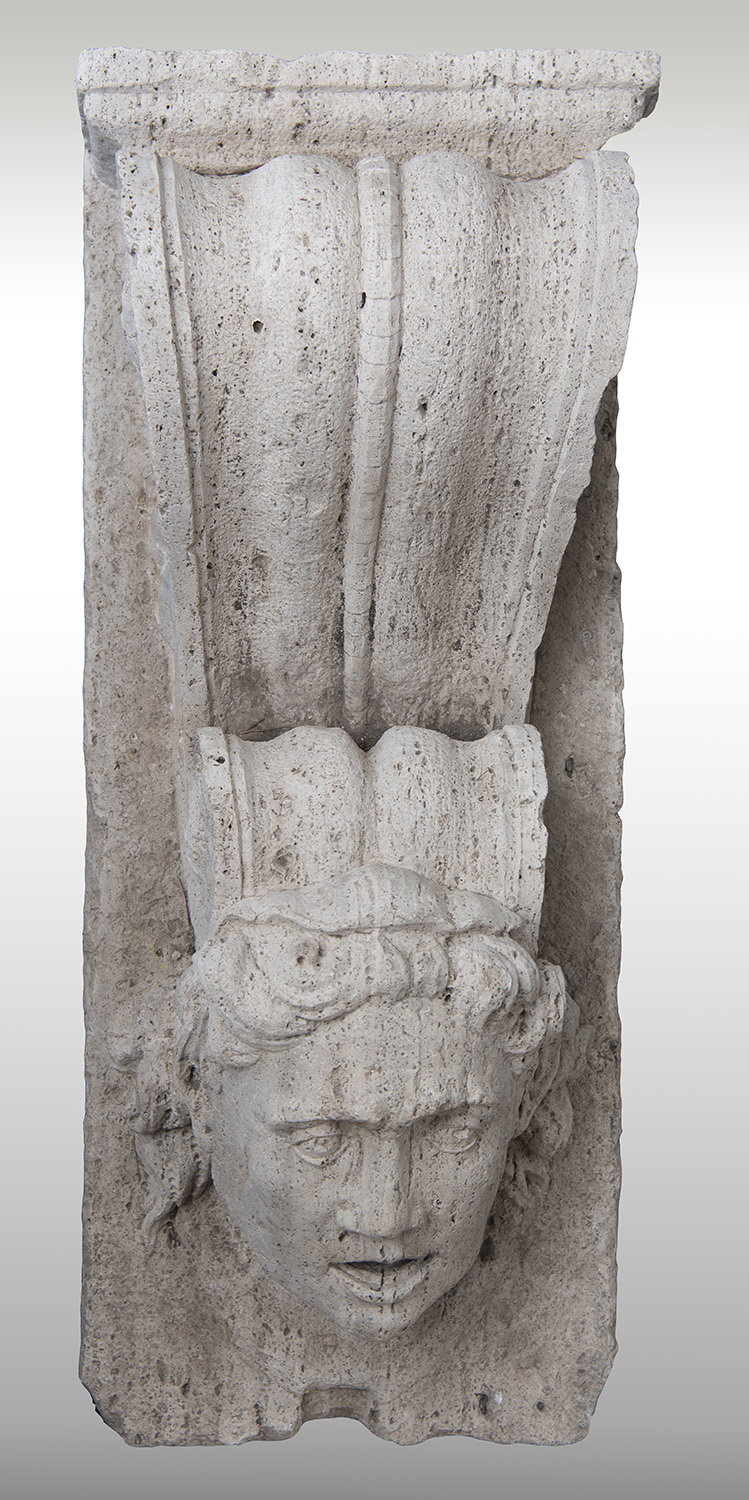
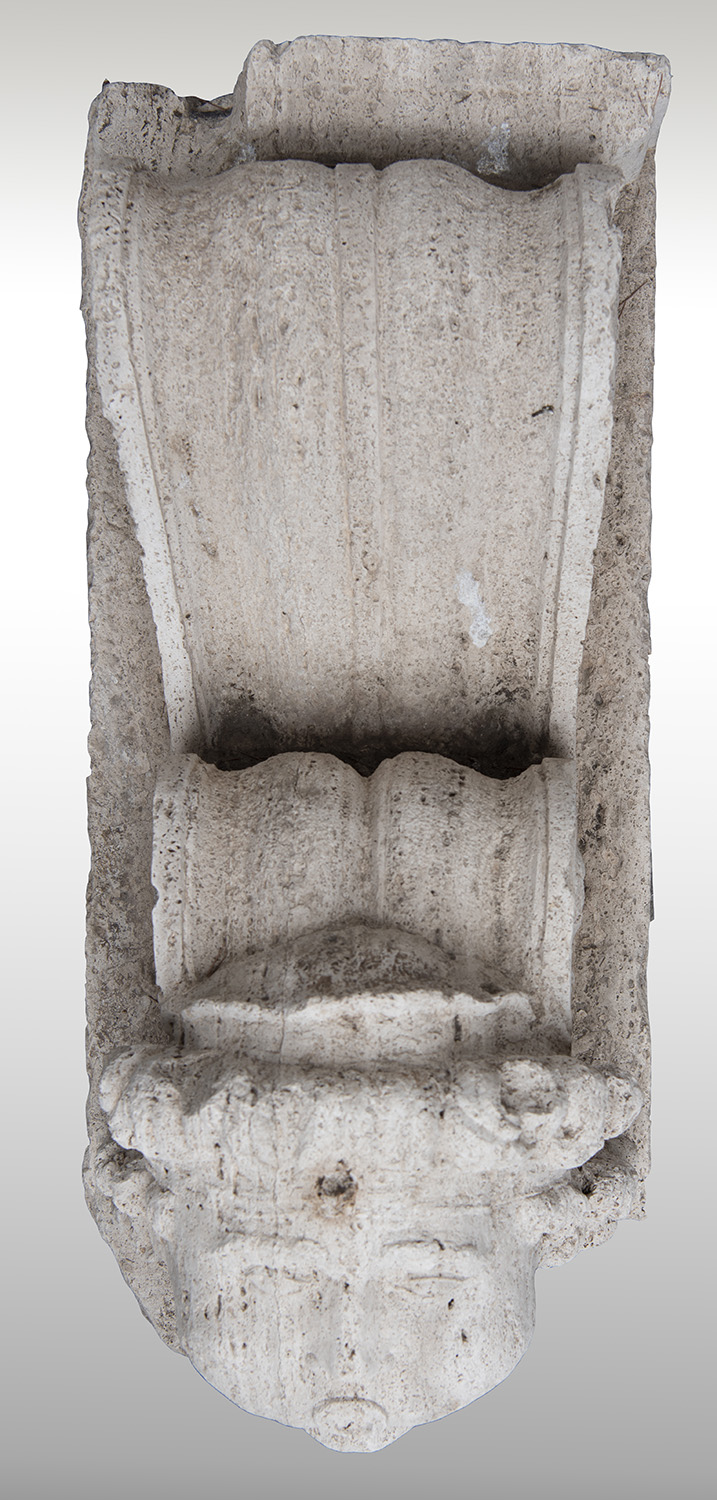
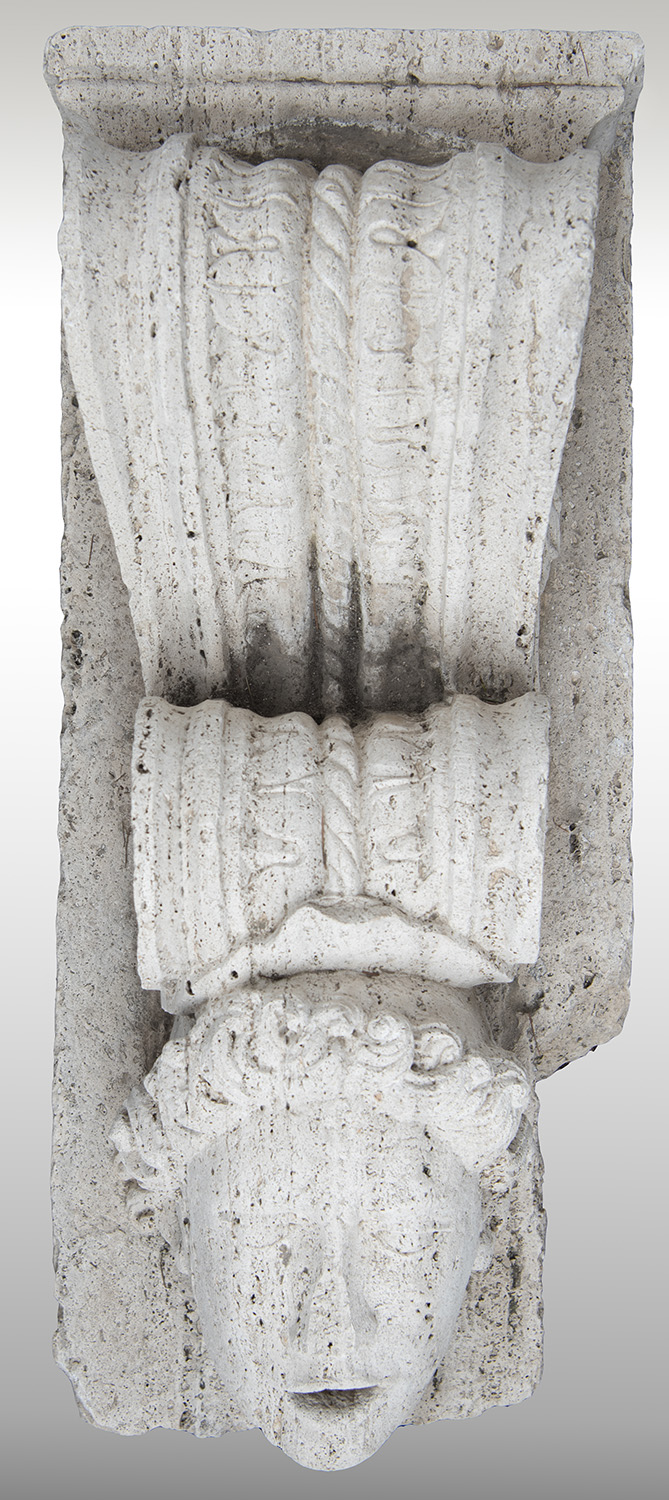
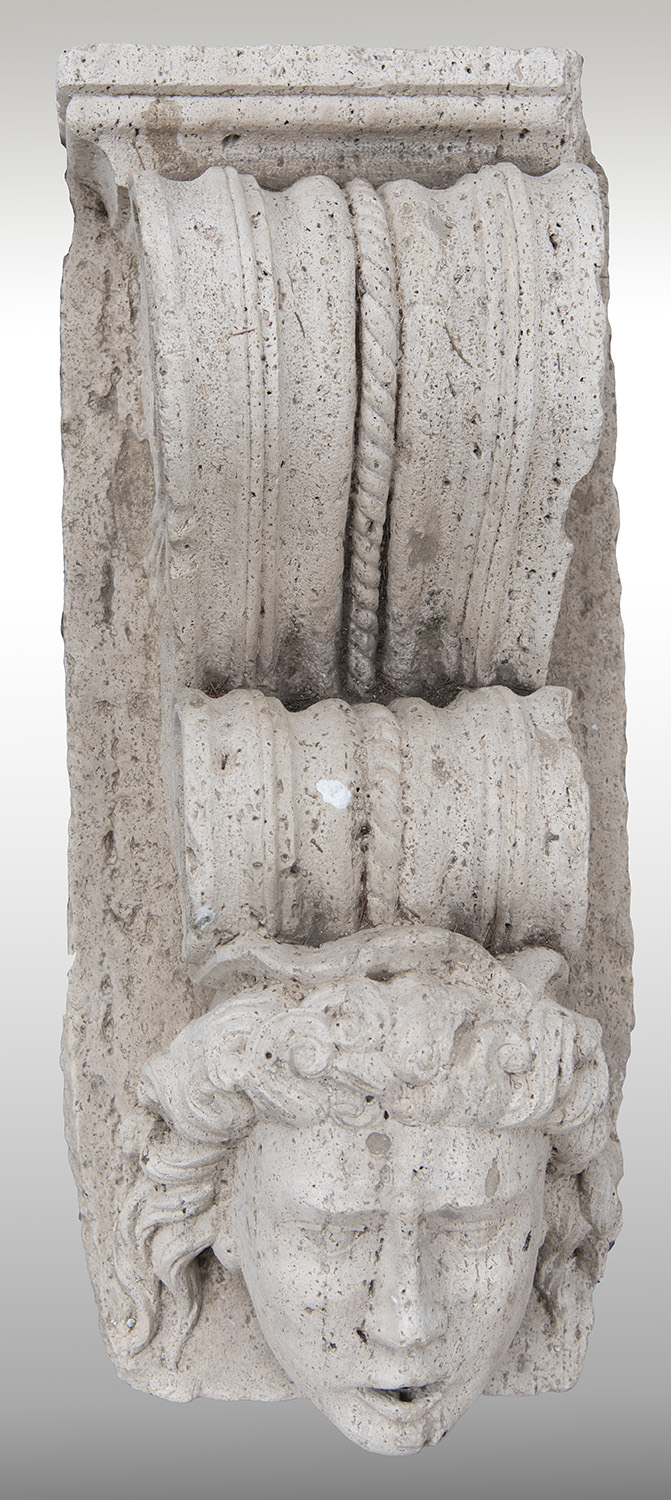
In the centre of the garden, there is a beautiful fountain commissioned in 1730 from Carlo Monaldi (ca 1683-1760) by the ambassador, Barbon Morosini. The fountain, which depicts Venice Marries the Sea, refers to one of the traditional ceremonies of the Republic of Venice.
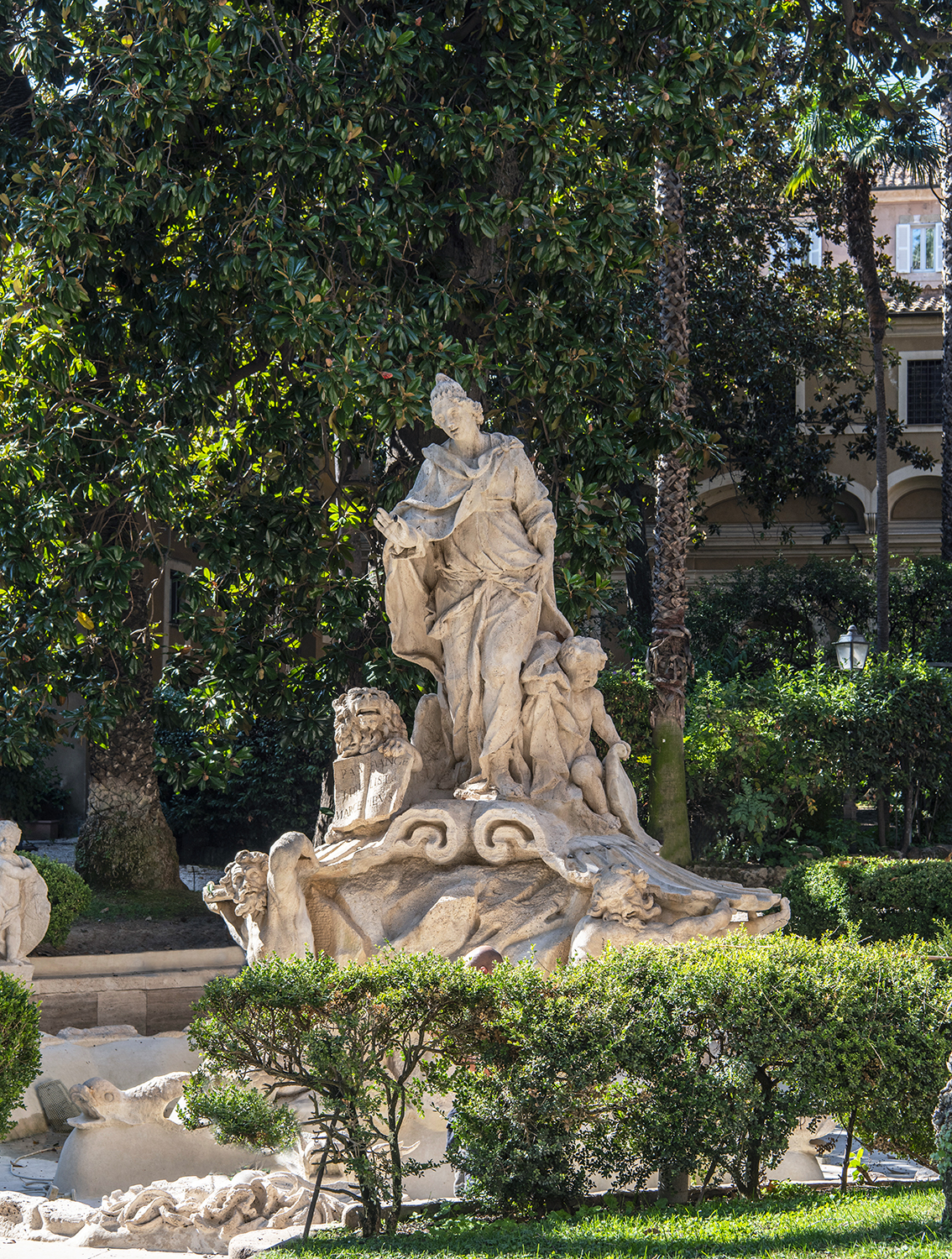
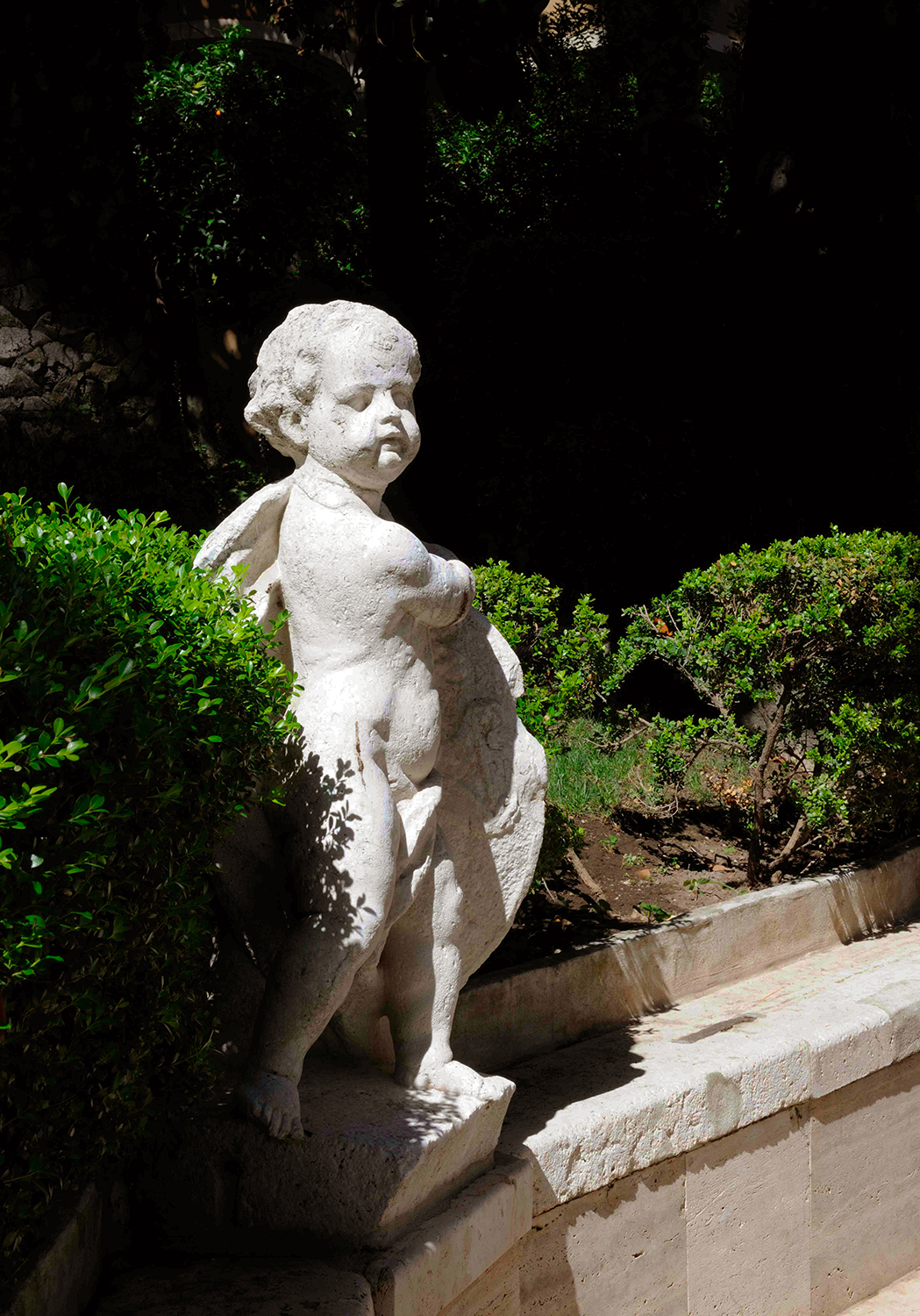
The western elevation of the garden, which contains the entrance to via degli Astalli, was rebuilt in 1733 by Angelo Maria Querini (1680-1755), titular cardinal of the Basilica of San Marco. In the niche in the centre – later moved to the side – contained the statue of Saint Peter Orseolo, the first Doge of Venice, who was canonised in 1731; the Passetto dei Cardinali clearly stands out above.
